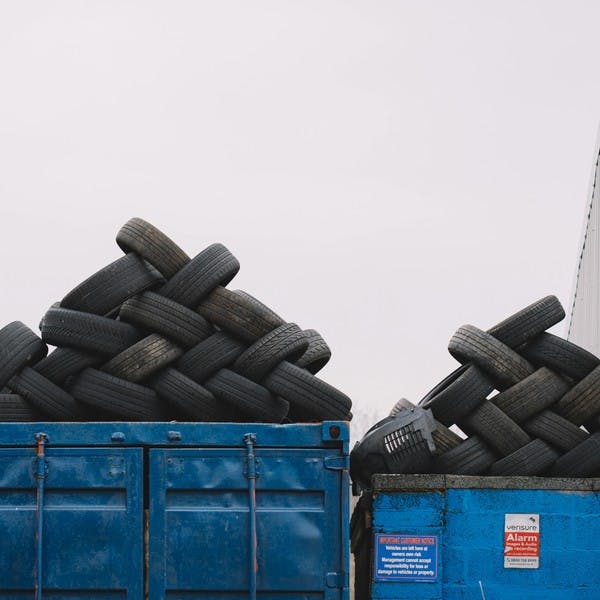Oil is a valuable resource that can be harmful to the environment when disposed of incorrectly. Although it gets dirty, used oil can be collected, cleaned and re-used again and again.
Everything you need to know about recycling motor oil
Recycling Motor Oil includes:
Car grease
Motor grease
Sump Oil
Car Oil
Engine Oil
Engine Grease
FIND A RECYCLER
Learn more about reusing and recycling used motor oil
How to recycle motor oil at work
Australia has a government-administered national recycling scheme (Product Stewardship for Oil Program) for used oil, which is partly funded by a levy on new oil.
Numerous facilities across the country can recycle used motor oil. When changing oil in cars or other motors such as lawnmowers, boats or chainsaws, be sure to dispose of it correctly so it doesn’t pollute waterways and soil. Although it gets dirty, used oil can be collected, cleaned and reused again and again.
Small amounts of used oil from vehicles or machinery can be taken to a local used oil facility run by your local council. For larger quantities, commercial operators offer collection services from site. Some oil facilities will also take used oil filters, oily rags and plastic oil containers.
Why recycle?
Oil is a valuable and finite resource, but it can also be hazardous when disposed of incorrectly. Lubricating oil picks up a variety of hazardous contaminants when used in engines and transmissions including lead, dioxins, benzene and polycyclic aromatics. Leaving used oil sitting in your garage or shed is also a potential fire hazard.
Used oil can be cleaned of contaminants and be recycled again and again which reduces the demand on natural resources and can also reduce costs as recycled oil is generally cheaper to buy than new.
A single automotive oil change produces 4 to 5 litres of used oil. If it is not handled properly, the oil can pollute waterways and it only takes one litre of oil to contaminate one million litres of water.
What happens to it?
Recycled used oil can be used as an industrial burner fuel, hydraulic oil, incorporated into other products, or re-refined back into new lubricating oil.
Several steps are involved in the recycling process. The first step is to remove excess water, which is called de-watering. Then, depending on the desired final product, additional steps may include (among others): filtering to remove solid materials, demineralisation to remove inorganic materials and distillation to separate oil components.
In 2001, Australia introduced a national recycling scheme for used oil. Since then, the amount of oil collected and recycled has risen from none to more than 320 million litres of base lubricating oil every year. That’s equivalent to 160 Olympic size swimming pools!
Recycling other car-related items
Car batteries
Lead-acid batteries are hazardous and should never be put in your recycling or garbage bin at home. They must be disposed of responsibly to prevent toxic materials entering the environment and fires starting in garbage trucks.
Car parts
Cars and car parts can be recycled through a commercial recycling service.
Find out more
Tyres
Tyres can be recycled through a commercial recycling service.
Frequently Asked Questions
How to filter used motor oil for reuse
If you have used motor oil, the best idea is to take it to a local collection point so it can be treated and reused – do not filter or add anything to the oil beforehand.
Used motor oil contains a number of hazardous contaminants, including lead, arsenic and benzene. Therefore, if not handled or disposed of correctly, these harmful substances may end up in the environment and cause harm to both humans and natural ecosystems.
Used oil can be recycled again and again, therefore, by taking your used oil to a local collection point or drop-off event, you can be sure it won’t end up polluting the environment and that the valuable resources it contains can be reused, rather than wasted.
What happens to used motor oil?
As used motor oil contains several harmful substances, it is important to take it to a local collection point (most likely one of your council’s waste transfer stations or recycling facilities) so it can be appropriately treated and recycled by specialist recyclers.
Several steps are involved in the recycling process. The first step is to remove excess water, which is called de-watering. Then, depending on the desired final product, additional steps may include (among others): filtering to remove solid materials, demineralisation to remove inorganic materials and distillation to separate oil components.
There are many uses for recycled motor oil including industrial burners, bitumen-based products and re-refined lubricants and hydraulic oils.
Recycling Options
Australia has a government-administered Product Stewardship for Oil Program, which is partly funded by a a levy on new oil.
Numerous facilities across the countries can recycle used motor oil. Small amounts of used oil from vehicles or machinery can be taken to a local used oil facility run by your local council. For larger quantities, commercial operators offer collection services from site. Some oil facilities will also take used oil filters, oily rags and plastic oil containers.








